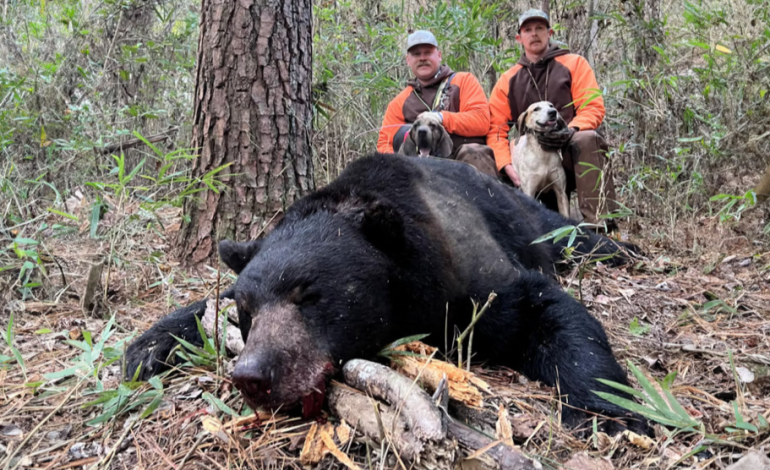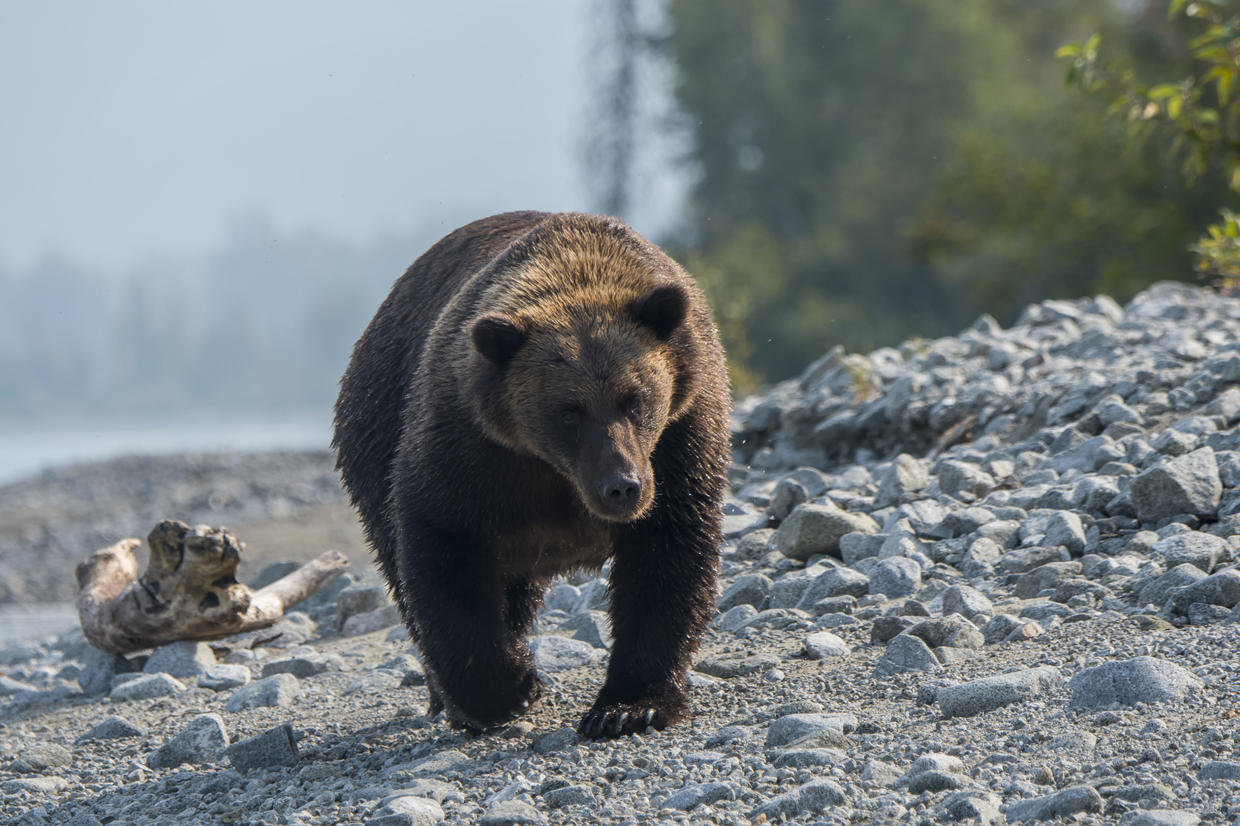Eastern Black Bears Surpass Wyoming Grizzlies in Size Due to Diet and Habitat Differences

While black bears in Wyoming are impressive in their own right, especially for hunters seeking a trophy, they are significantly smaller compared to their eastern counterparts, Cowboy State Daily reports.
In Wyoming, black bears that exceed 400 pounds are considered rare and exceptional. However, in the eastern US, black bears often reach sizes well over 600 pounds, with some even topping 800 pounds.
Retired bear biologist Mark Jones, who worked with the University of Tennessee and the North Carolina Wildlife Resource Commission, recalled seeing numerous 700-pound black bears during his time in the East. To put that into perspective, a 700-pound black bear would be considered large even for a Wyoming grizzly, an animal typically regarded as much larger.
Jones fondly remembers an extraordinary 880-pound black bear killed in North Carolina in 1998, which, at the time, was considered possibly a world record. The bear’s size was a result of its diet, which included a steady supply of crops such as soybeans, corn, and wheat, making eastern black bears grow to impressive sizes. This access to calorie-dense food was not available to their western cousins, who have to rely on Wyoming’s more barren, arid landscape.
Unlike Wyoming, where black bears are more accustomed to foraging for natural food sources like berries and insects, eastern bears benefit from a rich, predictable food supply from farmlands, leading to their larger size. Jones noted that this abundance of crops has contributed to the growing trend of black bears reaching weights over 600 pounds, with some even regularly exceeding this threshold.
Despite the size differences, Wyoming’s grizzlies are still a force to be reckoned with. Jones points out that the state’s grizzly bears, due to the harsher environment, have adapted differently from their eastern black bear cousins. In fact, he describes grizzly bears as animals that demand great respect and caution when encountered, given their sheer size and strength.
In the East, bear hunting remains a long-standing tradition. While farmers may occasionally be frustrated with the bears eating their crops, many have found ways to profit from the presence of these enormous creatures. Hunting licenses for these giants can fetch thousands of dollars, making the large bears a source of revenue for some farmers. The use of hounds for hunting black bears is also common in the East, a practice prohibited in Wyoming for black bear hunts.
Despite their larger size, attacks by eastern black bears remain rare. The diet available to these bears often keeps them content and less likely to be aggressive toward humans. However, when attacks do occur, they are often predatory in nature, as opposed to the defensive or territorial motivations behind attacks by grizzly bears in Wyoming.









The latest news in your social feeds
Subscribe to our social media platforms to stay tuned